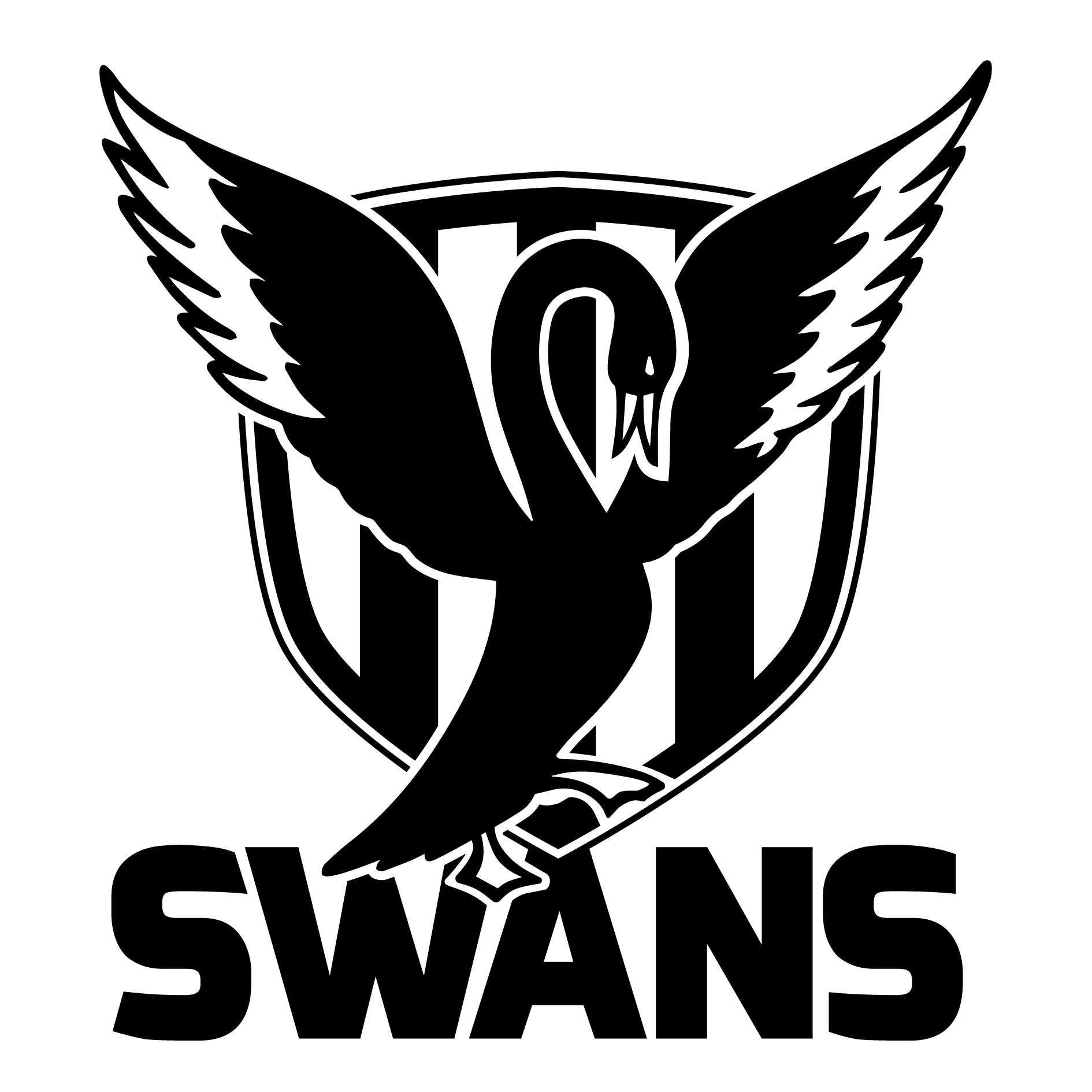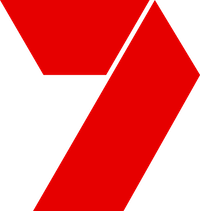Select grade below
- Round 1Sat Mar 3014:30
 21.11.137VS
21.11.137VS 10.13.73
View Stats
10.13.73
View Stats - Round 2Sat Apr 0614:30
 18.11.119VS
18.11.119VS 11.16.82
View Stats
11.16.82
View Stats - Round 3Sat Apr 1316:10
 9.12.66VS
9.12.66VS 9.9.63
View Stats
9.9.63
View Stats - Round 4BYE

- Round 5Sun Apr 2814:30
 11.8.74VS
11.8.74VS 11.10.76
View Stats
11.10.76
View Stats - Round 7Sat May 1114:10
 VS
VS
 Steel Blue Oval
Steel Blue Oval - Round 8Sat May 2514:30
 VS
VS
 Steel Blue Oval
Steel Blue Oval - Round 9Sat Jun 0114:30
 VS
VS
 Sullivan Logistics Stadium
Sullivan Logistics Stadium - Round 10BYE

- Round 11Sat Jun 1514:30
 VS
VS
 Steel Blue Oval
Steel Blue Oval - Round 12Sat Jun 2214:10
 VS
VS
 Steel Blue Oval
Steel Blue Oval - Round 13Sun Jun 3013:10
 VS
VS
 Steel Blue Oval
Steel Blue Oval - Round 14Sat Jul 0616:10
 VS
VS
 Pentanet Stadium
Pentanet Stadium - Round 15Sat Jul 1314:30
 VS
VS
 Steel Blue Oval
Steel Blue Oval - Round 16BYE

- Round 17Sat Jul 2714:30
 VS
VS
 Fremantle Community Bank Oval
Fremantle Community Bank Oval - Round 18Sat Aug 0314:30
 VS
VS
 Steel Blue Oval
Steel Blue Oval - Round 19Sat Aug 1014:30
 VS
VS
 East Fremantle Oval
East Fremantle Oval - Round 20Sat Aug 1714:30
 VS
VS
 Lane Group Stadium
Lane Group Stadium - Round 21Sat Aug 2414:30
 VS
VS
 Steel Blue Oval
Steel Blue Oval
Torres Strait Island flag to take its place above Steel Blue Oval

Sitting alongside the Australian and Aboriginal flags, the Torres Strait Island flag was raised at Steel Blue Oval in Bassendean today during the National Reconciliation Week matches against South Fremantle. This weekend signifies 30 years to-the-day of the flag being officially recognised and presented to the people of the Torres Strait on May 29th, 1992.
Designed by the late Bernard Namok, the Torres Strait Island flag is full of imagery and symbolism. It features a white Dhari, which is a traditional headdress used in cultural ceremonies and dances.
Beneath the Dhari sits a white five-pointed star, symbolising both peace and the navigational importance of stars to the seafaring people of the Torres Strait.
The star also represents the five distinct language and cultural groups of the region, namely:
- The Northern Islands (Boigu, Dauan, Saibai),
- The Eastern Islands (Erub, Mer, Ugar),
- The Western Islands (St Pauls, Kubin, Badu, Mabuiag),
- The Central Islands (Masig, Poruma, Warraber, Iama), and
- The Southern Islands (Kirriri - Hammond Island, Waiben - Thursday Island and Inner Islands, Northern Peninsula Area and Mainland Australia).
The deep green stripes represent the land, the black stripes are for the people and the blue signifies the colours of the sea.
In 1995, the Torres Strait Island flag was proclaimed as a ‘Flag of Australia’ by Governor General of Australia, William Hayden, after a widespread affirmation from the public to do so.
A significant role in the original construction of the southern standard gauge railway line from Perth to Kalgoorlie, along with the Port Hedland to Mt Newman railway line, was made by Torres Strait Island people, for the iron ore industry. Being highly skilled and productive tracklayers, over 700 Torres Strait Island men were employed in the 1960s by railway construction companies.
Working in the harsh Pilbara conditions, these men were such diligent and sturdy workers that they broke the world tracklaying record. In 11 hours and 40 minutes they laid, anchored and spiked 7.5kms of rail track, breaking the previous record set by the US of 4.6kms.
The volume of the materials used by the Torres Strait Islander men to accomplish this feat was approximately 896 tons of rail, 11,880 sleepers, 760 rail plates, 47,280 rail anchors, 4,280 dog spikes, countless tons of blue metal and the instalment of numerous fish plates and bolts. This linked the track with the main line and the record still remains unchallenged to this day.
A memorial has since been dedicated to commemorate the outstanding contributions made by Torres Strait Islander men to this huge initiative.
Torres Strait Islander families such as the Saylors, the Pilots and the Nonas all moved to the Pilbara for the Hamersley rail project.
The Saylors in particular have made a significant contribution to the Swan Districts Football Club and WAFL football, in a coaching and player capacity. Paul has had a number of coaching roles, including the head coach of the Swans Colts and Reserves teams, along with an assistant role for the State Carnivals. Paul’s son Jaxon also pulls on the black and white stripes as a current Swan Districts player.


 8.5.53
8.5.53










